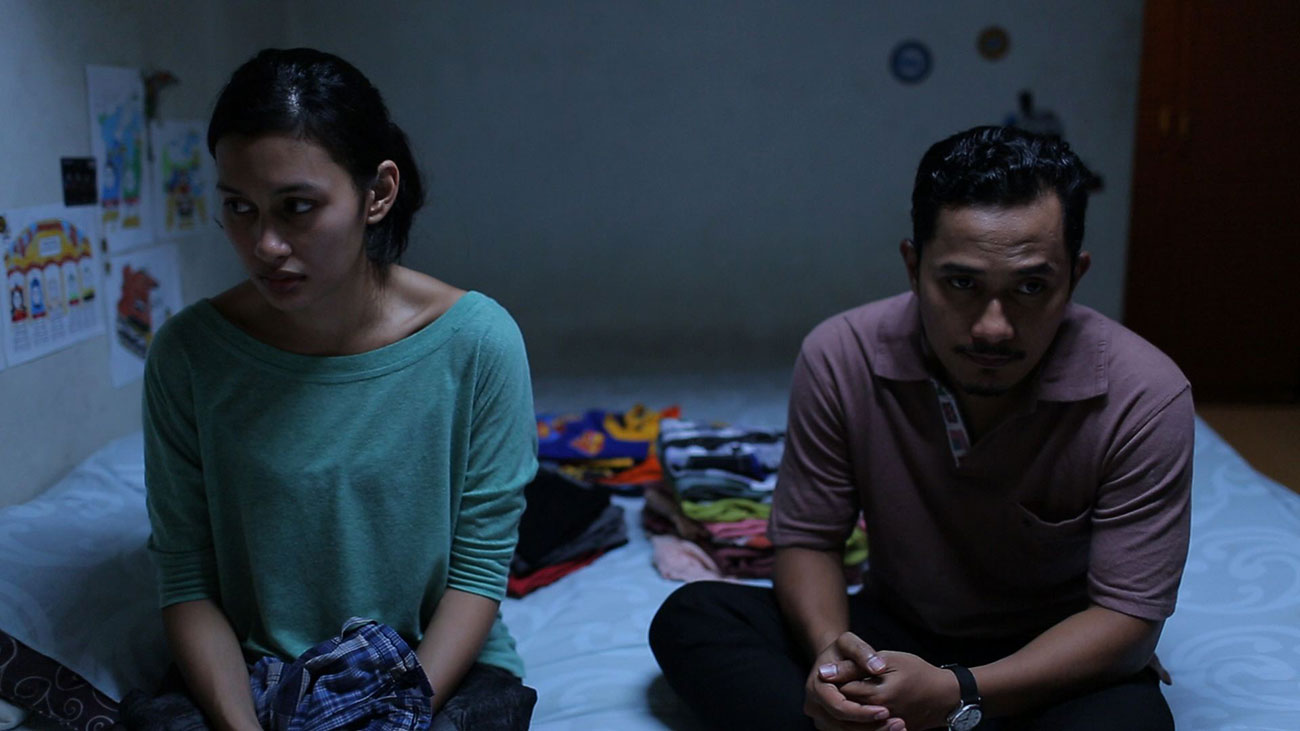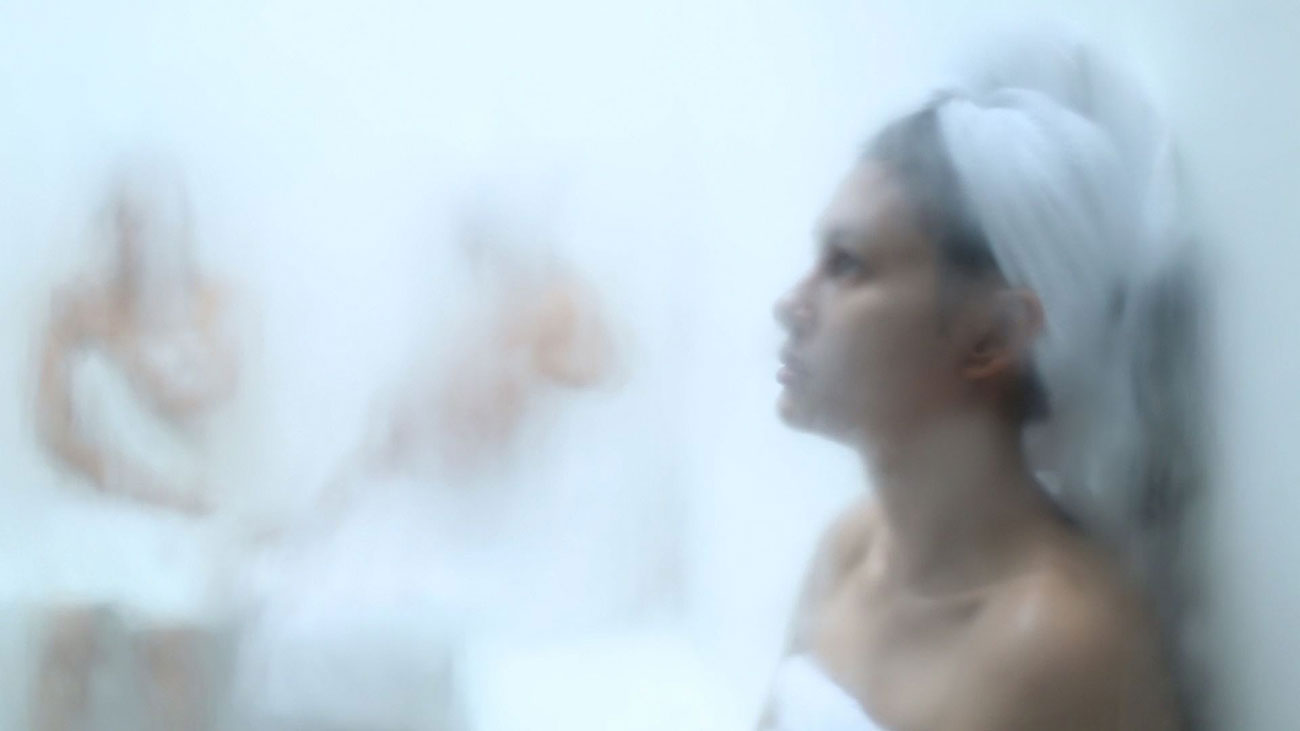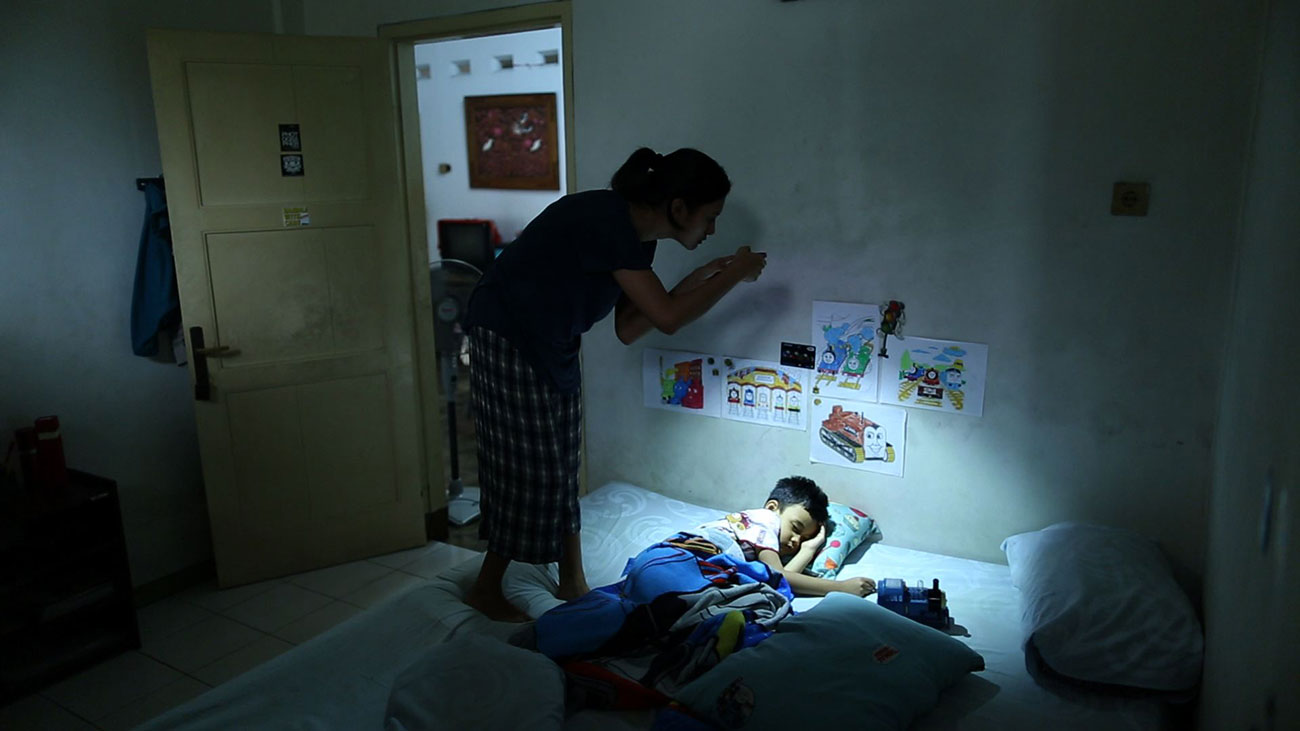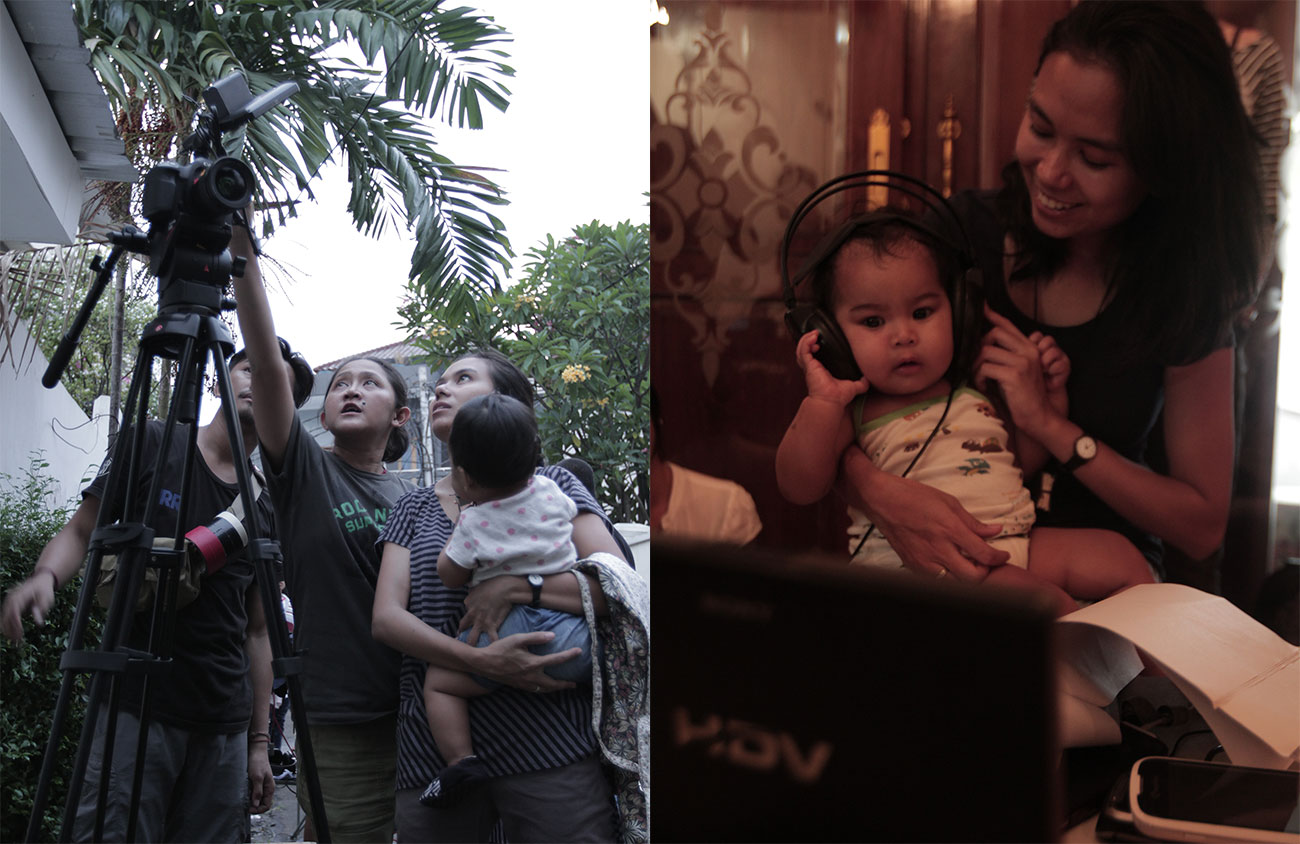Indonesia’s Kamila Andini is an impressive filmmaker. Her short film, Following Diana, was included in the stellar Southeast Asian Shorts program at this year’s Melbourne International Film Festival and was one of five shorts in that stream. Hers was one of two Indonesian shorts and overall, Andini’s film was the longest and perhaps the most memorable. Anchored by an amazing lead performance by actress, Raihaanun, Andini’s sensitive direction gave way to a compelling story about a woman’s emotional struggle to comprehend her husband’s sudden desire to marry another woman.
Andini’s short film also recently screened at the Tokyo International Film Festival where it was selected as part of that festival’s particular focus on the diversity of Indonesian cinema this year.
We recently caught up with the Indonesian filmmaker over e-mail to talk to her about her short film Following Diana, her influences as a filmmaker, the state of modern Indonesian cinema and what needs to happen next in order for Indonesia’s cinema scene to continue its upward momentum.
———
Following Diana is an honest and quiet portrayal of the reality behind polygamy in Indonesia. What attracted you to taking on a film about polygamy?
First of all, I wrote Following Diana during my filming break, after I got married and had my first daughter. At that time, I had a lot of questions about the role of women in Indonesian society. Meanwhile, my friend had to face that problem of polygamy and I was listening to her problems for almost two years. Then I decided to write her story with my perspective and how I think the story of polygamy might somehow portray Indonesian women in her family quite well. So, Following Diana is all about the questions over the different roles of Indonesian women, and how to answer those questions by revealing their feelings.
Since you’ve already made a feature-length film, was there ever any consideration to make Following Diana as a feature? And what do you feel are the strengths and advantages of having Following Diana told as a short film as opposed to a feature-length film?
Duration wise, of course we were thinking about that. Following Diana’s first cut was around 70 minutes in length and we were considering making it as a feature film. But, although it was long in its duration, I never wrote it for a feature film.
The film is very specific and intimate. It had only one plot. We were thinking of putting other plots into the story, like the husband and also the other woman. But then the film is all about the polygamy, and that was not what I wanted to make. Polygamy is just a story but the film is about Diana, an Indonesian woman and the conflict within herself. It’s about feelings that come within marriage.

Your lead actress for Following Diana, Raihaanun, was excellent in the film! She has a such a magnetic presence about her and I really enjoyed her performance! What was it about the actor that made you want to cast her for the leading role? And what was the experience like working with her?
Raihaanun is a great actor. She has a great natural approach for acting in everything she does. At first, it was very hard to cast for Diana, since it’s a very delicate film for me. And when I cast Raihaanun, there was a scene she did that I couldn’t take out of my head.
Raihaanun herself is a wife and a mother of three kids. I think that is why she could understand Diana very well, she easily related to those feelings I wanted, and yet she is also a very sensitive person.
So what I did is basically surround her with things that were comfortable and not comfortable to her. Playing with things to connect feelings of what she understands so she can create a balance of just the right amount of feelings.

Your short film reminded me a bit of Lee Chang-dong’s films in that it does feel quite novelistic, even as a short, and is also quite sensitive in its approach towards tough subject matter and anchored by a strong leading female performance. Who influences you as a filmmaker and why?
I should say that I love Asian films. A lot of filmmakers that influence me are Asian filmmakers: Makhmalbaf, Kiarostami, Ozu, Koreeda, Hou Hsiou-hsien, Kim Ki-duk with many more and of course, Lee Chang-dong himself. Although I never have a specific reference every time I make a film, I know I have my own way to direct a film. But if you said the film reminded you of Lee Chang-dong’s film, I’ll take it as an honour.
What were some of the things you learnt as a writer-director while making Following Diana?
I have always been a writer-director in all of my films. For me the final script, is actually when the film is released. I love to keep writing my film during and through the whole process.
You studied in Melbourne at Deakin University when you were a uni student. How do you feel your studies abroad in Australia have helped you as a filmmaker?
I studied sociology and media arts in Deakin University. I never went to film school so everything about filmmaking basically I learned it while filming. Studying abroad of course gives a lot for me as filmmaker and one of them is access to films and books.

From an outsider’s perspective, Indonesian filmmaking looks like it is in a pretty great place at the moment. Genre films like ‘The Raid’ and independent pictures like ‘Siti’ are helping to shine a spotlight on Indonesian cinema on the global stage. What do you think the Indonesian film industry needs to do in order to continue this output and support filmmakers like yourself?
Yes, I agree that Indonesian genre films and alternative films are now in a great place. But the main problem in our industry right now is consistency. Filmmakers like Eddie Cahyono probably make a film once every three or four years. Sometimes we have many good films in the festival circuit in a year, and have very little number of films in another year. We need more support in our own country in order to keep these filmmakers productively making films. We need something else to continue the great success of ‘The Raid’ and ‘Siti’.
What we need is support for independent cinemas so people could start learning about the diversity of films and appreciate each film differently. Another thing is we need more people to become involved in the industry; not only as filmmakers but as distributors, investors and film critics who again could see cinema from a wide range of perspectives. And support for film schools!

Kamila Andini surrounded herself with supportive company who helped her continue telling stories as a filmmaker while being a mother to her children on set. | Photos supplied by Kamila Andini.
Can you please describe the landscape for women filmmakers in Indonesia currently? What does it look like and is there enough support for women to create fiction narratives or documentaries on screen?
I think our film industry is always open for woman filmmakers. I could say that because even before and after Reformation, there were filmmakers who consistently represented Indonesian films and half of them were and are women. We have Christine Hakim who actively presents Indonesia on an international circuit even when Indonesian film was in a coma before the Reformation. And we have Mira Lesmana, Nan Achnas, Nia Dinata and many more who brought Indonesian films back to the cinema during the Reformation. So for woman filmmakers like me, I definitely have no doubt about entering the industry because of these people.
But the challenge for women to work in the industry actually comes from society. We all agree that working as a filmmaker with unpredictable hours and unexpected work tasks at the workplace still does not match the conservative perspective on how a woman should be in a Muslim-majority country like Indonesia. We are a very communal-based community and most of the time, everything really depends on the perspective of the people and families around you.
In my case, I was surrounded by people who understood me and what I wanted to do. I shot Following Diana while breastfeeding my 8 month old baby. I shot my next feature film The Seen and Unseen when I was three months pregnant, shooting in the middle of rice fields. I shot my latest short film Memoria when I was 7 months pregnant in a remote area in Timor Leste with no hotel and limited water. I’ve had to take my two-week old baby to studios for mixing and grading until late into the night. I’ve also had to bring my babies with me to film festivals. I don’t think any of this would have even been possible to do without feminist people around me.
As a successful filmmaker in Indonesia, are there any bits of advice that you would like to give other young, emerging filmmakers in the country?
We are living in a developing, sort of up and down, film industry. And really it is not a great place to be. But if you hear about certain filmmakers with their films over the years, there is only one thing that keeps them staying around: passion.
